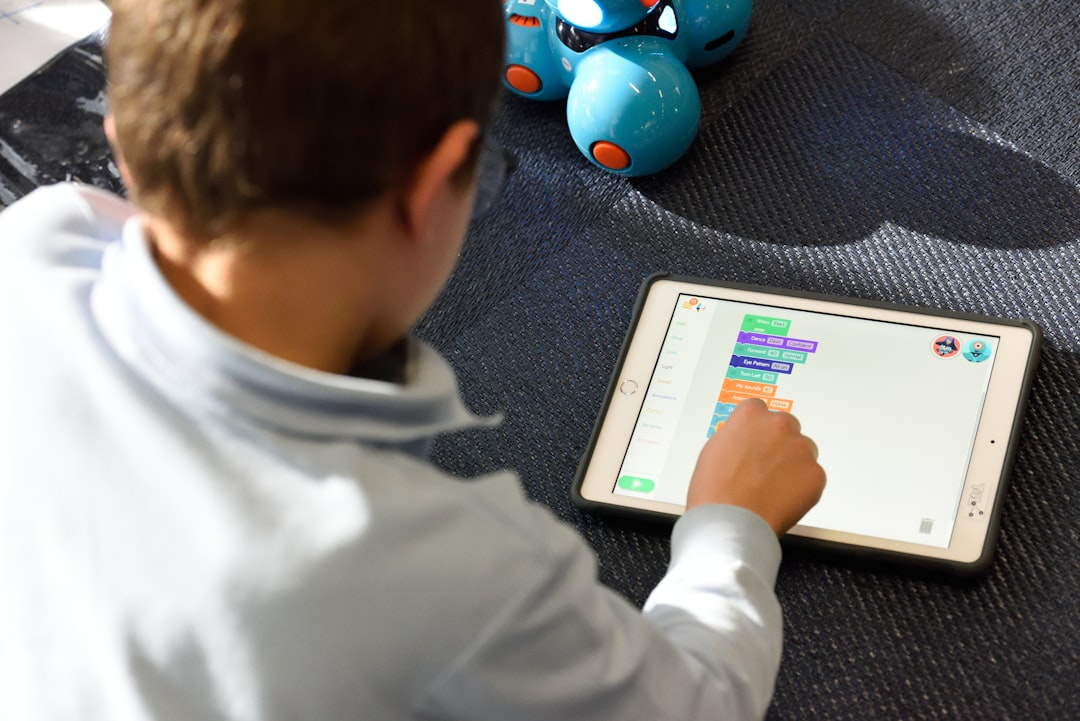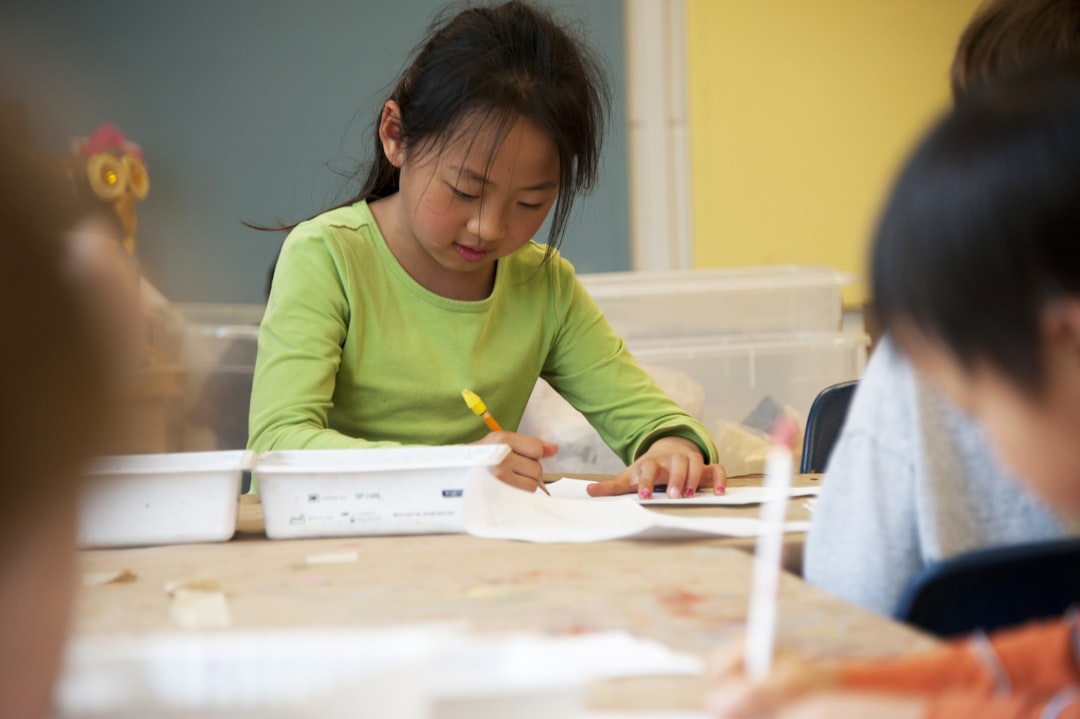In recent years, home learning has transitioned from a niche choice to a widespread method of education embraced by families worldwide. Whether inspired by global events, individual learning needs, or lifestyle choices, parents are increasingly seeking effective ways to facilitate learning at home. This comprehensive guide explores the key strategies and tools to create a stimulating and productive home learning environment for children.
Tailored Learning Spaces
Designing an Inspiring Environment
The physical space where your child learns greatly influences their ability to focus and absorb information. Create a dedicated learning area that is quiet, well-lit, and free from distractions. Personalize the space with educational posters, comfortable seating, and easy access to learning materials. This doesn’t mean you need a classroom replica; a small, organized corner of a room can also do wonders.
Ergonomics and Organization
It’s important to consider ergonomics to ensure your child is comfortable during learning sessions. Adjustable chairs and desks are great investments, allowing the setup to grow with your child. Keep the area organized with labeled bins and shelves for supplies to promote responsibility and independence in managing their workspace.
Engaging Curriculum and Resources
Interactive and Multimedia Learning
Utilizing a variety of educational resources can cater to different learning styles and keep engagement high. Incorporate apps, websites, and educational videos that align with the curriculum. For younger kids, interactive games that build skills in math, reading, and science can be particularly effective.
Hands-on Activities
Beyond digital resources, include hands-on activities like science experiments, art projects, and DIY crafts. These activities not only break the monotony of screen time but also help children develop fine motor skills and understand theoretical concepts in real-world applications.
Structured Routine
Importance of a Consistent Schedule
Children thrive on routine. Establish a clear daily schedule that mirrors the structure they might experience in a traditional school setting. Include time for core subjects, breaks, recreational activities, and quiet time. This helps in setting expectations and building a rhythm to the day.
Flexibility Within the Framework
While consistency is key, flexibility within that routine can help accommodate your child’s unique pace and interests. Be open to adjusting the schedule based on your child’s engagement levels and energy highs and lows throughout the day.
Holistic Development
Incorporating Physical Activity
Physical education is crucial for children’s health and well-being. Ensure your home learning schedule includes time for physical activity. This could be anything from dance sessions, yoga, to simple stretching exercises. These activities are not only fun but also crucial for physical development and mental health.
Emotional and Social Growth
Social skills and emotional intelligence continue to be essential. Arrange virtual playdates, collaborative projects with peers, or family game times. Discuss emotional well-being regularly and provide support and guidance to help your child navigate their feelings and relationships.
Parent Involvement and Support
Active Participation
Your involvement in your child’s learning process can significantly affect their motivation and success. Participate in interactive lessons, discuss new concepts together, and show interest in their projects. This engagement demonstrates the value of education and encourages them to take ownership of their learning journey.
Seeking External Help
Recognize when to seek external support. Whether it’s tutors, online courses, or consulting with educational professionals, understand that you don’t have to do it all alone. Utilizing external resources can provide a well-rounded educational experience for your child and relieve some pressure from you.
Conclusion
Home learning is a dynamic and rewarding journey that can be tailored to suit the educational needs of each child. By setting up the right environment, using diverse and engaging resources, maintaining a balanced routine, and being actively involved, you can provide a rich, fulfilling home learning experience. Embrace the flexibility and opportunities that come with home education and watch your child thrive in a setting that is uniquely theirs.






